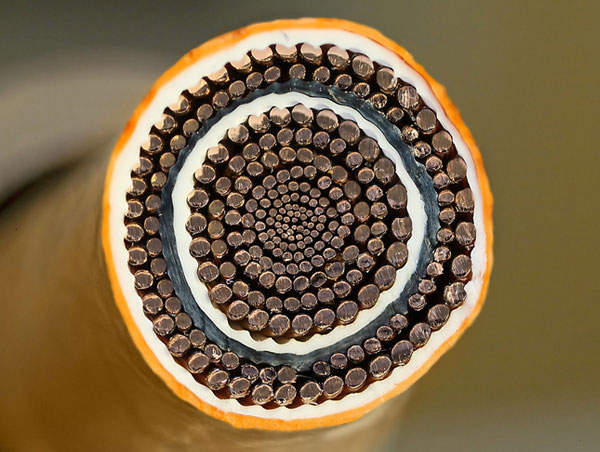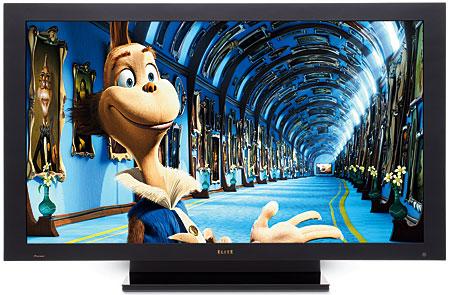LATEST ADDITIONS

The effect of cables on sound quality is one of the most contentious debates in all of audiophilia that applies most commonly to analog cables. Manufacturers make extravagant claims about how different cable materials and geometries affect the soundand they charge extravagant prices for these innovations.
One can measure things like impedance, capacitance, inductance, and other electrical properties of cables, but if two different cables exhibit the same measurement results, will they necessarily sound the same? Or might there be unknownand thus unmeasuredproperties that affect the sound?
Of course, most audiophiles don't have access to sophisticated measuring equipment, so they must rely on their own ears to determine if different cables make a difference to the sound for them. Swapping cables in and out of a system is a huge hassle, but many have done it to see if they can hear any differences. Have you heard exotic/expensive cables improve the sound quality of an audio system?
Vote to see the results and leave a comment explaining your choice.




 The Mystery Inc. gang reunites in Scooby Doo to find out what's behind the jinky-jittery goings-on at Spooky Island, the spring break hot spot run by Emile Mandavarious (Rowan Atkinson). Scooby-Doo 2: Monsters Unleashed finds our heroes with their hands and paws full trying to find out why Coolsville is overrun with monsters the pals thought they'd defeated years earlier.
The Mystery Inc. gang reunites in Scooby Doo to find out what's behind the jinky-jittery goings-on at Spooky Island, the spring break hot spot run by Emile Mandavarious (Rowan Atkinson). Scooby-Doo 2: Monsters Unleashed finds our heroes with their hands and paws full trying to find out why Coolsville is overrun with monsters the pals thought they'd defeated years earlier.





